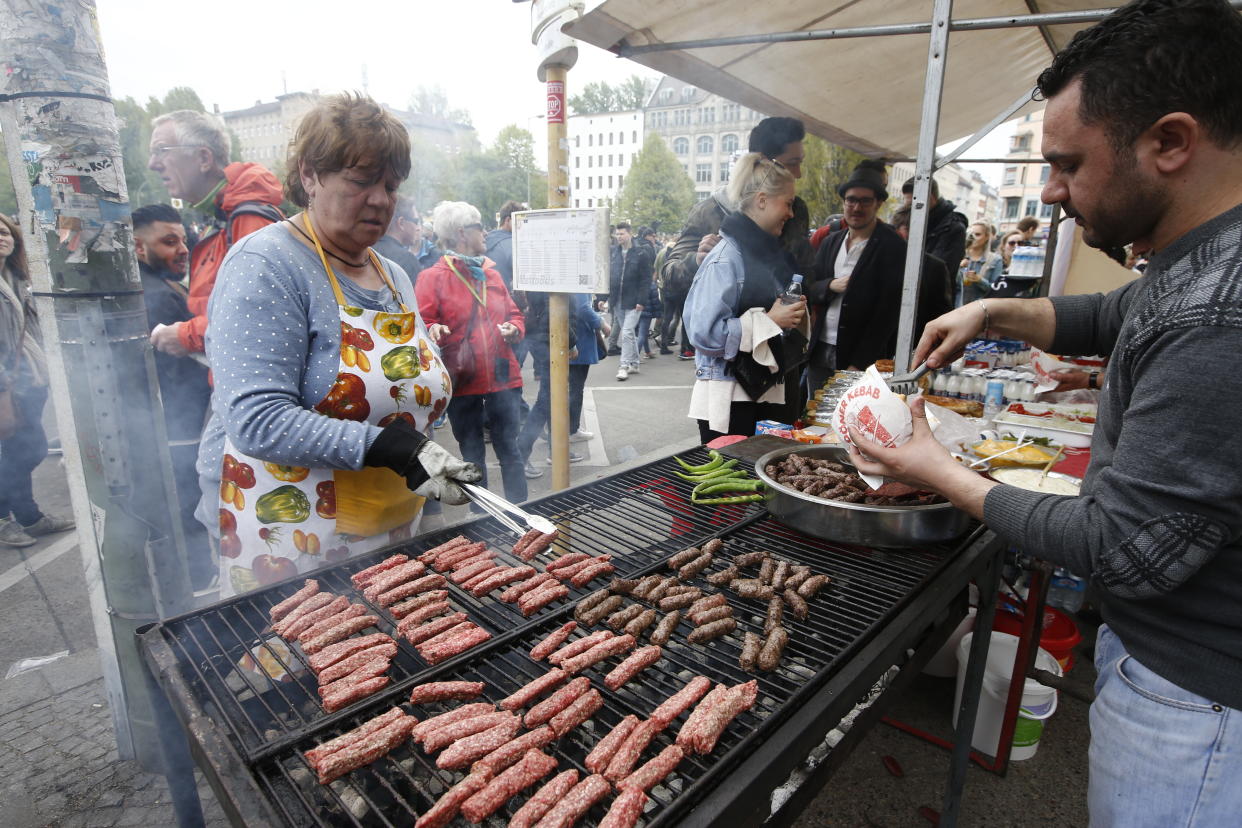Swine fever in China driving up sausage prices in Germany

Schnitzel, pork roast, and sausages are becoming more expensive for Germans now that China, crippled by a year-long swine-fever epidemic, is going pork shopping all over the world to meet its demand.
China, the world’s biggest pork producer and consumer, says it has slaughtered 100 million pigs infected with the African swine fever virus since the start of the outbreak last year. “It is the most dangerous epidemic that the pig industry has ever experienced,” management consultant Cui Ernan from Gavekal Dragonomics in Beijing told Deutsche Presse Agentur.
Despite looking to Brazil, the US, and Europe, the global pork supply is not enough to make up for the domestic shortfall in China. Now the country’s insatiable appetite is pushing up prices for consumers in Germany, which saw an 8.3% rise in pork prices in September, from the month before, according to the Agricultural Market Information Company (AMI).
A kilo of minced pork is up from €5.38 (£4.65) last year to €5.81, a side of pork for a roast has risen from €5.60 to €6.18, and a schnitzel is about 30 cents more expensive than this time last year. Germans consumed 35.7 kilos of pork per capita in 2018, but despite their reputation as a pork-loving nation they come second to Spain in terms of consumption.
In October, the European pig-meat industry sent a joint letter to the European Commission underlining that the “recent sharp increase in the price of pig meat” could be attributed to the surge in Chinese imports from Europe.
German farmers are happy to make the most of this spike in demand, and can likely expect it to carry on for a while. Cui estimates that China’s pork industry may take a long time to spring back: “In the best case five years, in the worst case, much longer.”
She said a “massive transformation of the industry” is needed, and a move away from using many small, unregulated farms to large farms with strict biological controls.
Pork prices in China have soared by about 50% compared with 2018. Rabobank reported in July that the country could lose up to 70% of its herd this year, which would amount to about 350 million pigs.

